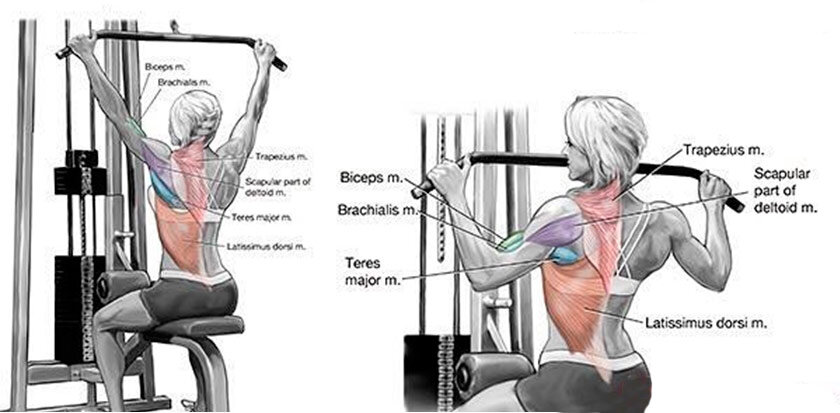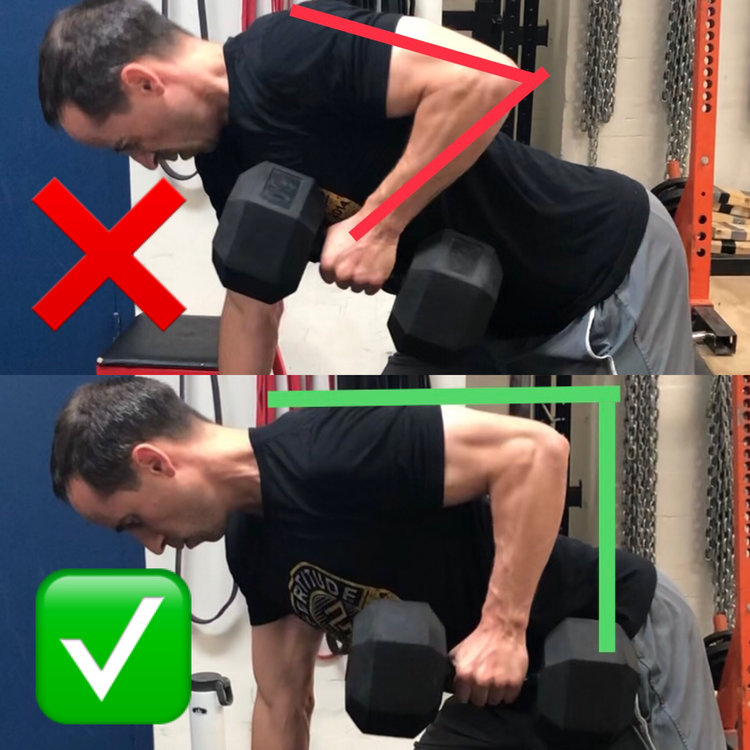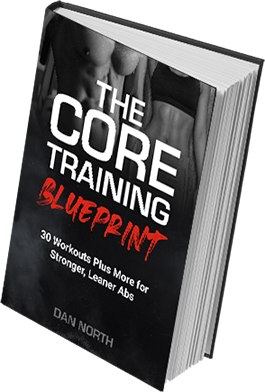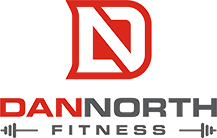As cliche as it sounds, there is something to be said about the “mind-muscle connection”.
Certain exercises you do in the gym are meant to target certain muscle groups. Depending on which exercise you’re performing, there is going to be a different response in the body. For example, “pulling” and “rowing” exercises, where you are bringing the load in towards your body, primarily recruits the muscles of the back. The problem is, a lot of people perform these exercises and don’t feel it in their back at all.

Why is that?
Well, there may be a few reasons. The biggest contributing factor to this may be that they haven’t developed that mind-muscle connection.

What is the mind-muscle connection?
It’s very simple. It’s when your brain is able to communicate with your body and tell it which muscles to use during certain movements. So, for instance, during rowing and pulling exercises, you want to be able to tell your back muscles to do the majority of the work.

So why do so many people have trouble engaging their back muscles during pulling/rowing exercises? It may be one, or a few, of the following reasons.
- Going too heavy. Take your ego and throw it out the door. Here’s a secret: No. One. Cares. How. Much. You. Lat. Pulldown.
- Using your arms. Your arms are much smaller than your back. Why not use the bigger muscles so you can handle more weight?
- Swinging and using momentum. This goes back to going too heavy. Remember: No one cares. Use weight that is going to be conducive to good form so you can target the muscles you want to target.
- Overusing the upper traps. Most people already have overactive upper traps due to things like their postural habits while sitting at work and stress. What does this mean in a gym-setting? Any time you perform an exercise, naturally, the overactive muscles are going to want to take over. So if your upper traps are already overactive and “tight”, they’re going to want to do the majority of the work when you’re doing exercises like pulldowns and bent over rows. So it’s important to really hone in on certain fundamental cues in order to be able to effectively engage the muscles of the mid back, such as the mid traps and lats.
- Going too fast. When you go too fast, you’re not giving your muscles the opportunity to respond to the exercise. When it comes to building muscle, and developing a stronger mind-muscle connection, tempo is key. Letting your arms fly back up during pulldowns, or letting them drop back down to the floor during dumbbell rows isn’t conducive to building your back. Try slowing down the tempo, specifically during the eccentric (returning phase) of the movement.
Tip: The eccentric phase of an overhead pulling movement (ex. lat pulldown, chin-ups) is when your arms are straightening. The same idea applies to bent over rows, the eccentric phase is when your arms are straightening and you’re returning the weight back down. - Improper range of motion. Most people actually make it harder on themselves and try to go through a bigger range of motion than is needed.
There are two main ways you can perform rowing/pulling exercises:
- Overhead pulling (lat pulldown, chin-ups, pull-ups)
- Horizontal rowing (bent over row variations, seated row machine)


Each of these movement variations have their own benefits and recruit a combination of different muscle groups. In order to get the most out of these exercises, there are some cues you can use while performing them to help develop a stronger mind-muscle connection so you can feel your back muscles engaging.
No matter which way you slice it, whether it’s lat pulldown or a bent over row, you want to take your arms out of the equation as much as possible. Why? Your back muscles are bigger, so if you teach your body how to use the bigger muscles, you’ll be stronger.
Here are some cues to consider the next time you’re training your back.
1. Pretend Your Hands Are Hooks
You’ll obviously need to have a good grip on whatever handle you’re using (whether it’s a barbell, dumbbell, or pull-up bar), so don’t think this means to have a loosey-goosey grip. Rather, just grip the handle and pretend your hands are just hooks attached to the bar. Instead of thinking of “pulling with your arms”, you are going to…
2. Pull With Your Elbows
Personally, this is the one that really made it click. When performing any pulling/rowing exercise, initiate the pull with your elbows. By pulling with the elbows, you’re engaging the major “pulling muscles” of the posterior chain (back). This will basically eliminate any overuse of the arms.
3. Retract Your Shoulder Blade(s) First
By retracting your scapula (shoulder blade) before you start the actual pulling motion of the exercise, you’re setting your shoulders in place, which will allow you to pull with your back muscles more effectively.
For example, let’s take the bent over dumbbell row. In your ideal set-up, you want to start with your arm completely hanging, with your shoulder blade pulled down towards the floor. From there, while keeping your arm locked, you want to pull the shoulder blade back so it’s set in place (i.e. retracting the scapula). After the shoulder is set in an optimal position, initiate the row by pulling with your elbow. Breaking down the dumbbell row into two separate motions like this forces you is an effective way to stop you from turning too much with the torso and using momentum to get the dumbbell up.
The same principle would apply to pull-ups and lat pulldowns. You want to ideally start with your arms at a dead hang, with your shoulders being “pulled up” towards the ceiling. From there, pull your shoulders back and down, then perform the pull by leading with your elbows. By retracting your shoulder blades before you perform a lat pulldown or chin-up variation, you’re able to use your lats more effectively (the big muscles that make the “V” shape everyone’s going for). If not, you’ll end up overusing the arms and upper traps.
4. Control The Eccentric Portion
Most of the common exercises you’ll come across in the gym have a concentric and eccentric phase. A very general, easy way to think of it is the concentric phase is the portion of the exercise where you are experience the “resistance”. For example, pushing the bar up during a bench press, or pulling a dumbbell up during a bent over row. The eccentric phase is the returning phase of these exercises.
For the most part, we’re actually stronger during the eccentric phase. This means we can handle more resistance. The problem is most people completely neglect the eccentric phase of most exercises. The problem with that is it’s half of the damn exercise!
During rows, it’s common to just let the arms drop back down towards the floor before yanking the dumbbell back up. You’ll also see a lot of people letting their arms fly back up during every rep of the lat pulldown.
To get the most out of these exercises and really feel your back muscles engage, you should slow your tempo down during the eccentric portion of the exercise. So when you row a dumbbell or a barbell up, really control the weight as you’re lowering it for a 3-4 sec count. When you let your arms straighten out during the lat pulldown, control the weight and don’t let it control you.
Remember, you are stronger during the eccentric phase, so you will be able to handle more resistance meaning you can slow it down while maintaining good form.
5. Pretend You Have An Orange Under Each Armpit and Make Orange Juice (for overhead pulling exercises)
I don’t have much to elaborate on this one, I just find it really fucking useful. Taken from Jordan Syatt, thanks man!
6. Pull Back Towards Your Hip (for bent over dumbbell rows)
A very common issue during bent over dumbbell rows is pulling towards the ribs as opposed to the hip. In this case, there is too much arm involvement (you’re pulling with the biceps and forearms instead of your back muscles). Rather, pull the dumbbell back towards the hip in a “scooping” motion so your arm lands at almost a perfect 90 degree angle. This keeps the lats engaged throughout the entire range of motion and eliminates any overuse of the arms and upper traps.







